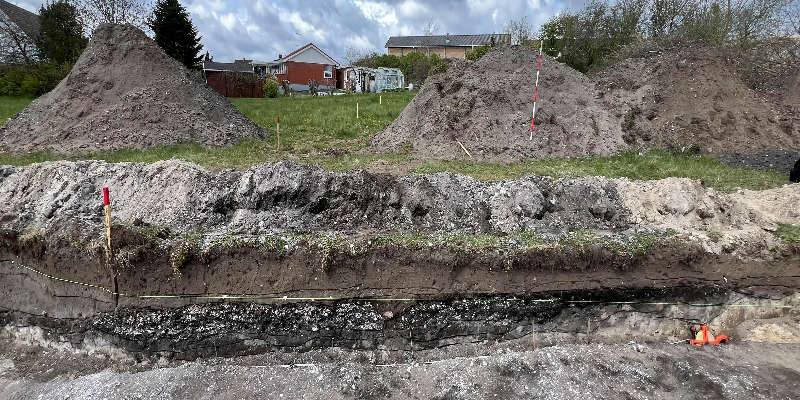European oyster harvesting in Mid-Holocene Denmark
Research unveils 3,000 years of sustainable oyster harvesting in Southern Scandinavia, offering valuable insights for modern conservation efforts.

A ground breaking study published by researchers from the University of York and the Leibniz Zentrum für Archäologie (LEIZA), among others, has revealed significant insights into the influence of human activities on European oyster populations in southern Scandinavia. This research, spanning 3,000 years from 5660 to 2600 BCE, establishes a crucial baseline for understanding pre-industrial oyster populations and highlights the sustainable harvesting practices that were in place for millennia. The findings could play a vital role in shaping contemporary conservation and aquaculture strategies as global oyster populations face significant decline.
The interdisciplinary research team, led by Dr. Harry Robson from the University of York and Dr. Niklas Hausmann from LEIZA, analysed 2,107 European oyster (Ostrea edulis) shells from 19 archaeological sites along Denmark’s coastline. The results indicate that, during the Mesolithic period, larger and older oysters were harvested, until the Neolithic period, when a shift towards harvesting younger, smaller oysters occurred with practices remaining largely sustainable . Despite the increased harvesting pressure, there was no evidence of ecosystem collapse, showcasing how prehistoric communities successfully balanced human activity with ecological sustainability.
Key Findings
- Historical Context: This study analysed the largest dataset of archaeological mollusc growth rate data, providing a comprehensive look at European oyster populations between 5660 and 2600 BCE.
- Human Impact: Findings reveal that human harvesting during the Mid-Holocene significantly influenced oyster size and age structures. Mesolithic oysters were generally older and larger, with a shift toward smaller, younger oysters in the Neolithic period due to increased harvesting pressures.
- Environmental and Anthropogenic Factors: The research distinguishes between the impacts of human activities and environmental changes, concluding that both factors played pivotal roles in shaping oyster populations.
- Conservation Implications: This study offers a prehistoric baseline crucial for modern conservation efforts, guiding oyster restoration projects in adopting sustainable harvesting methods that align with historical practices.
Significance
Oysters play a key role in marine ecosystems by filtering water, providing habitats, and supporting nutrient cycling. Understanding how human activities have impacted these ecosystems over millennia can guide current and future efforts to restore marine biodiversity and enhance ecosystem resilience. The study underscores the importance of integrating historical data to ensure the long-term sustainability of oyster populations.
Quotes
Niklas Hausmann, research group leader at LEIZA: “The integration of archaeological and palaeoecological data provides us with a comprehensive understanding of historical marine ecosystems. It underscores the importance of interdisciplinary approaches in addressing contemporary environmental challenges. This research is a powerful reminder that long-term ecological resilience is possible with mindful resource management”
“Our research shows that environmental factors, while important, were not the sole drivers of changes in oyster populations. Human management played a crucial role in maintaining the balance that ensured long-term sustainability. The data we’ve collected allows us to look at how environmental changes and human actions worked together to shape marine life,” said Dr. Harry K. Robson, University of York.